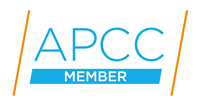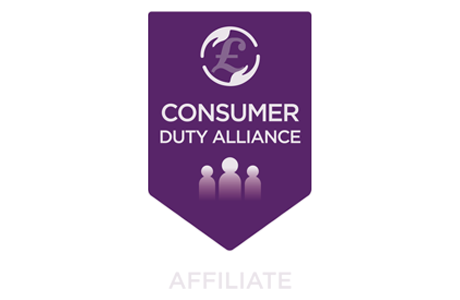Accessibility in your marketing

Riona Mulherin
14 August 2023By making our content more accessible, it removes the potential barriers that could prevent an individual from accessing it. In marketing terms, this may relate to your website, social media, printed materials, emails, and any other content you produce as a means of communication with customers. For the best results, you need to be thinking about accessibility from the very beginning of the process and not just as an afterthought.
If you do neglect to make your content accessible and inclusive, then a user with a disability will most likely miss out on your key messages; you could lose them as customers or potentially be falling short of your vulnerable customer responsibilities. So failure to act could have both financial and reputational implications.
I have done some research and found a number of top tips that I hope will help you start making steps in the right direction, I know we will be starting to implement many of these at Paradigm:
- The Government have created a guide that will help it’s called ‘Inclusive language: words to use and avoid when writing about disability’. Click here to view.
- All communications should be in plain English, fair, transparent and not misleading. Try to avoid jargon and over-complicating your messages.
- When you are providing a link to something, try to avoid using ‘click here’, and instead describe what you are linking to for example, ‘this page provides more information about the protection products we offer’.
- You may want to consider using ‘trigger warnings’ or content notes on specific pieces of content, depending on the themes or areas covered within the piece, e.g. sensitive topics that some people may find triggering.
- Making sure that people with disabilities are represented in your content e.g. perhaps images you use, client videos or case studies. There are a lot of negative and harmful stereotypes that exist around disabilities, so try to place an emphasis on independence to help combat this bias.
- To be more inclusive you may encourage your team to include information in email signatures such as their working hours (this can the person set boundaries and explain their availability) and pronouns (some people may prefer to be referred to using gender-neutral language and use pronouns such as they/their).
The tips I’ve found are:
- Many screen readers do not read italic fonts, so try to avoid using italics.
- On social media when using hashtags, the first letter in each word should be capitalised so that a screen reader can differentiate the words and it is easier to read, for example, #ParadigmMortgageClub
- It’s fine to use some emojis, but using too many isn’t good for screen readers
- Make sure images used are additional and not integral to your post – all information included in an image should also feature in the post itself
- There is an option to add ‘alt text’ on social media platforms like Facebook, Linkedin and Instagram and on most website editing platforms, this alt text describes the image for an individual using screen readers (and it can also help with search engine optimisation (SEO)).
- When printing - The clear print standard requires a minimum font size of 12. However, you may wish to use a larger font depending on your audience. Using a point size of 16 means that there is no need to have a separate stock of large print documents. You should also avoid using light font colours when printing which are also harder to read.
Once you have started to implement changes, you should consult with people who have a disability for their feedback and be open to taking on board any comments to see if you can improve.
If you want to go further on this journey to improve accessibility, you could also look at creating a language guide so that everyone within your firm knows what language to use and most importantly, know why they are doing so. There are also companies that can do Disability Equality training courses that could also offer very valuable insights and information.


